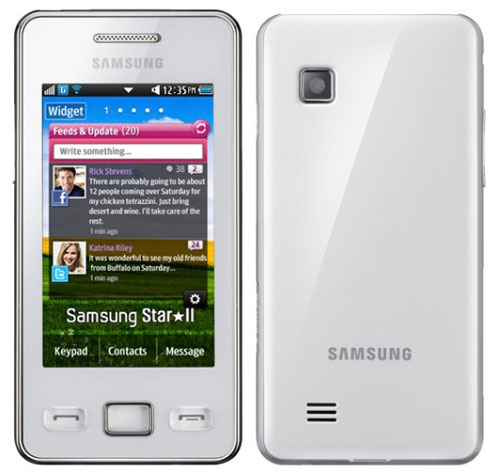
UPDATE: Star II weighs just 94g and will have T9 Trace keyboard, SoundAlive and 1000mAh battery.
It seems Samsung has developed a successor to one of its highest selling touchscreen phones. The S5260 or the Star II has been leaked and features some bumped up specs from the original Star.
Although we cannot confirm the OS, the user interface hints at bada. Anyways, the phone will have a 3-inch 240×400 pixel capacitive display, 3.2MP camera, EDGE support, Wi-Fi 802.11b/g/n, Bluetooth 3.0, Office docs support, 3.5mm headphone jack and microSD card slot.
The phone is expected this quarter and needless to say, will be aimed at price conscious consumers.
Comments
Post a Comment